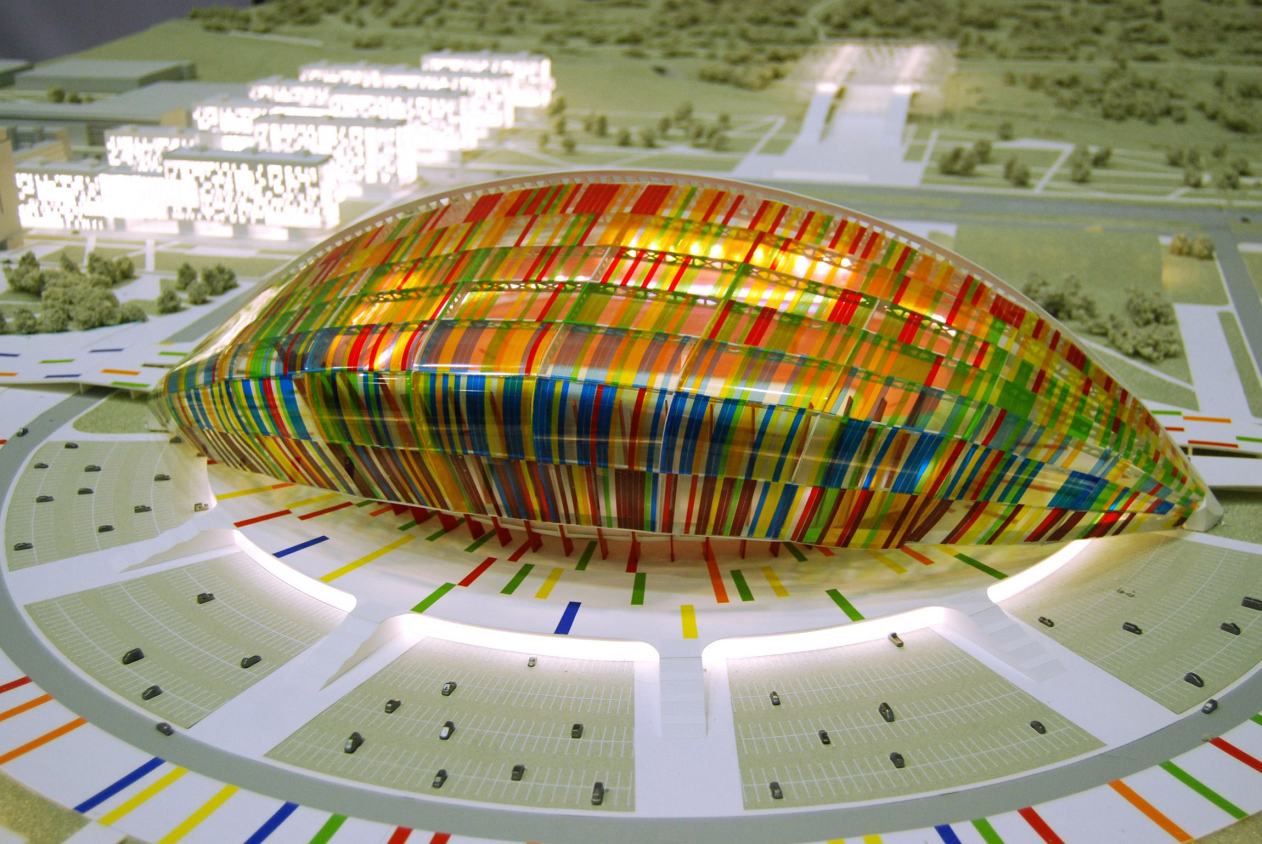The Ships of Every Flag and Nation Will Hail Our Shores
In preparation for the Volgograd World Cup 2018, “A.Asadov Architectural Studio” designs a new stadium and a hotel chain, as well as reconstructs the Volgograd airport and railway station.


04 October 2011

Written by: